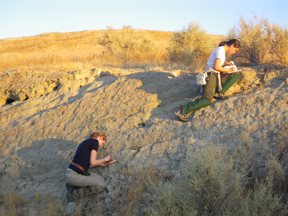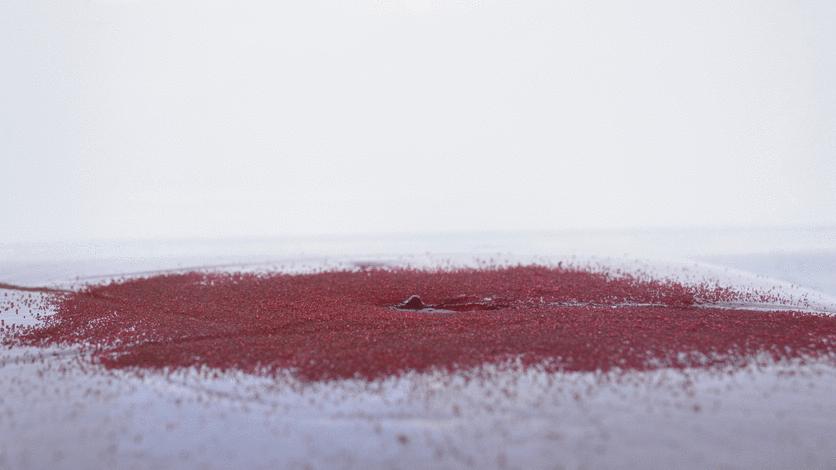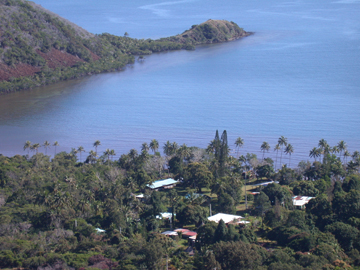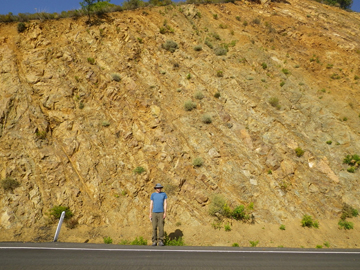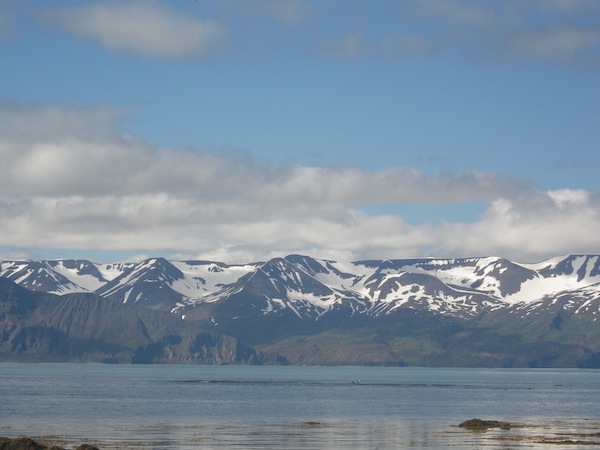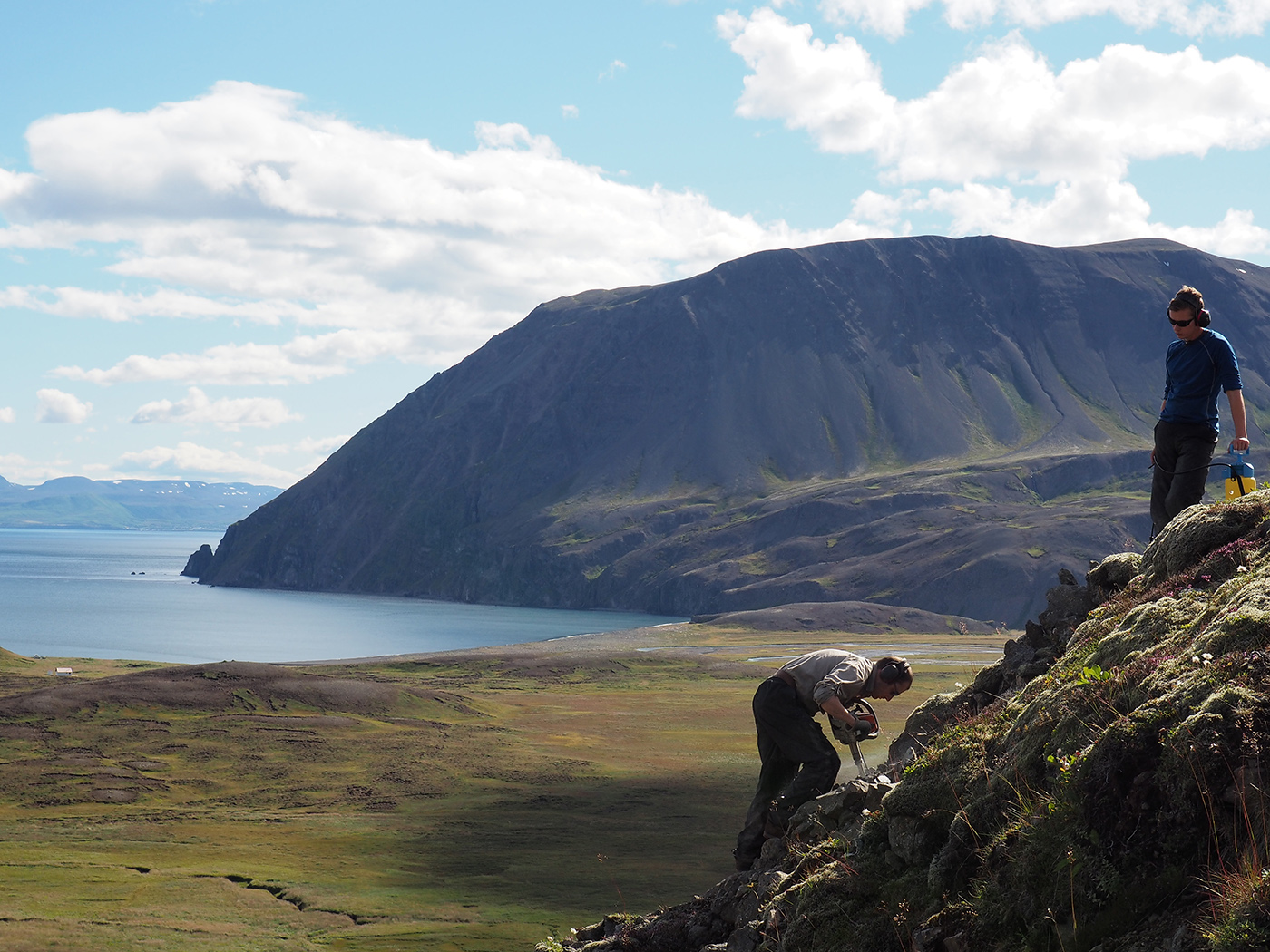Research
Broadly speaking, my research is focused on how deformation is accommodated across major strike-slip or transpressional boundaries at a variety of lithospheric levels. I also have a scholarship of teaching project examining students' spatial visualization skills.
San Andreas fault
I have been working in central California since 2003 to better understand the distribution of plate boundary deformation along the creeping segment of the San Andreas fault. I have worked with several Carleton undergraduate students on characterizing off-fault deformation adjacent to the Rinconada fault (Zack McGuire '07 and Sarah Crump '10), who worked with Bernie Housen on their paleomagnetic datasets. More recently, we have been examining deformation at Kettleman Hills (Alice Newman '11 and Amanda Yourd '11, both pictured at right in snake gaitors) and other areas NE of the fault (Erin Young-Dahl '17, Peter Lindquist '18; Grace Pipes '18, Kate Nootenboom '20, Nora Mertz '20, and Lena Nyblade '21).Deformation Experiments
I've been working with Melodie French to attempt to make deformation bands in the laboratory. This work is funded by the Petroleum Research Fund and has involved three students to date: Peter Lindquist '18, Kate Nootenboom '20, and Lena Nyblade '21. I've also been working with Jacqueline Reber at Iowa State to create analogue models of the San Andreas fault systems. Two students have worked on this project: Emily Ross '17 and Grace Pipes '18. Emily continued this work at ISU for her Ph.D. project, funded by the National Science Foundation.New Caledonia
I collected a suite of structural field data across a mantle shear zone in New Caledonia in 2004. Vasileios Chatzaras, from the University of Sydney, has been adding to this dataset with some lovely microstructural analysis. We are both working with Joshua Davis to develop models for strain development in the shear zone.Cyprus
The Troodos ophiolite in Cyprus includes a paleotransform fault exposed at mid-crustal levels, making the region a nice link between upper-crustal deformation in the San Andreas fault and mantle deformation recorded in New Caledonia. I've worked with Chelsea Scott '11, Chelsea Wagner '14, and Sarah Alexander '14 on various projects in the ophiolite.Iceland
I had four field seasons in Iceland collecting paleomagnetic and structural data near the Husavik-Flatey fault, a transform that offsets segments of the Mid-Atlantic ridge that happens to be exposed on land in northern Iceland. I've worked with Andrew Horst and Maxwell Brown from the University of Iceland, along with William Chapman '16, Seth Waag-Swift '17, Ella Fadely '18, Natalie Hummel '20, and Julia Baumgarte '21.Statistical tools for Structural Geologists
I have also been working with Joshua Davis on applying mathematical methods to geologic problems. Specifically, we have been using Lie theory to model rock deformation. We have been applying our tools to a variety of real geologic datasets. Josh's code for this work can be found here. We have worked with several undergraduate students to adapt various tools to ridge-transform systems including Max Longchamp '16, Sam Bacon '17, and Matt Carter '19.Spatial visualization
Geologic structures are inherently three-dimensional. Thus it is important for geologists (both professional and students alike) to be able to picture structures both in 3D space as well as how they might appear on a 2D map, and easily toggle between these two different representations. I developed a series of instructional materials with Eric Horsman that try to give students frequent practice with different component skills within a geologic context.